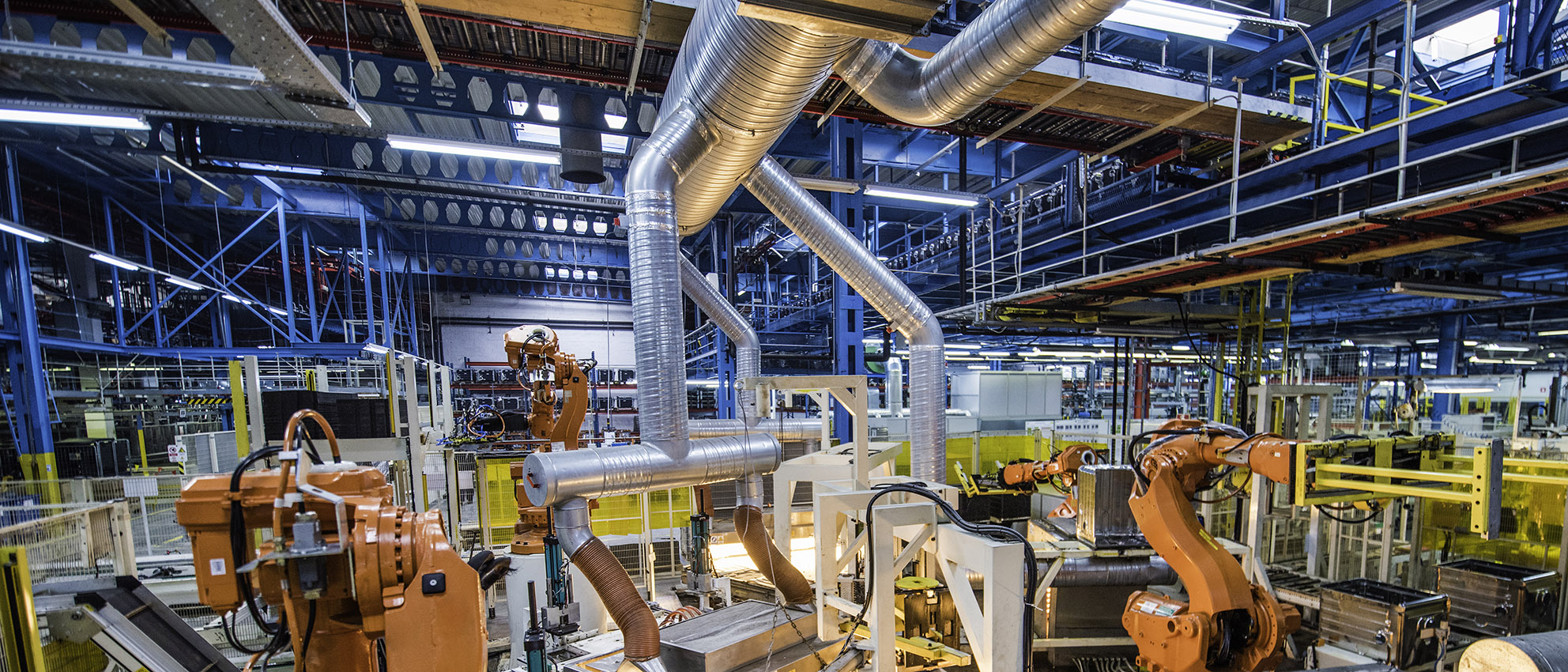Monitoring the Shop Floor with Digital Production Boards in MES
Keeping track of what’s happening on the shop floor is a full-time job. Many firms resort to using production boards or job status boards for visual manufacturing management. These physical boards are maintained by production staff to keep the operation abreast of production.
While human-updated production status boards provide important information on the status of the jobs moving through the facility, they’re not without their drawbacks. Moving to monitoring job status through a Manufacturing Execution System (MES) solves many of the issues manual boards can suffer. Using digital production boards in MES software also offers several benefits. We’ve listed a few below.
Increases speed of information
If a firm is using paper-based systems to track performance and report operational conditions, that information is held up by the speed at which human workers can perform the functions. This lag can be exacerbated by situations where that same human must also perform other operations throughout the day. Then there is the logistics of physically moving this information across the floor. The longer the trip for this information to take, the better chances the information gets lost, misplaced or just late in delivery.
Moving to MES-based shop floor data collection system can provide important data in real time. There is no lag from waiting for employees to gather and route data, as MES systems get its information directly from the production operations themselves. That means production boards show what’s going on right now, giving managers greater ability to react to issues as the develop rather than waiting for hourly or worse, daily updates from the shop floor.
Reduces human error
When paper or magnetic production boards are employed, they require a human to update the information when new shop floor data is collected. Not only does this update happen when the worker has availability for the task, it also requires the worker to accurately calculate and place the information every time – a feat humans are not the best at doing. Couple this truth with employing multiple people on different shifts to populate the data and the potential for errors compound.
Populating these boards directly from the manufacturing execution system makes sure the data and calculations are performed correctly and with data straight from the processes themselves. This ability provides the manager with the most correct and timely data possible.
Provides ability to place synced boards throughout the shop
Going with digital production boards operated through an MES creates the ability to place production boards wherever a manager or supervisor would like them. It also allows for easy customization of the information delivered to fit the areas the boards are placed in.
If a facility decided to provide similar abilities without using a digital system, it would require dedicated time for staff to distribute and update that information for every board within the facility. If the boards all show different information, then there’s the opportunity for errors or worse procrastination or avoidance of performing the updates. Physically updating a number of boards takes time. Chances are that’s time taken away from performing production tasks, as well.
MV2 takes the concept of distributing production data beyond the ability to place networked and automatically updated boards throughout the floor. It also provides managers the capability to take the data with them on tablets and mobile devices or just have it available on their laptops. It also means that every supervisor and manager are operating from the same up-to-date information.
These benefits are just a few of what’s possible with moving to digital production boards provided by a manufacturing execution system like MV2. To learn more about how an MES can streamline the management of production operations, contact us today!


